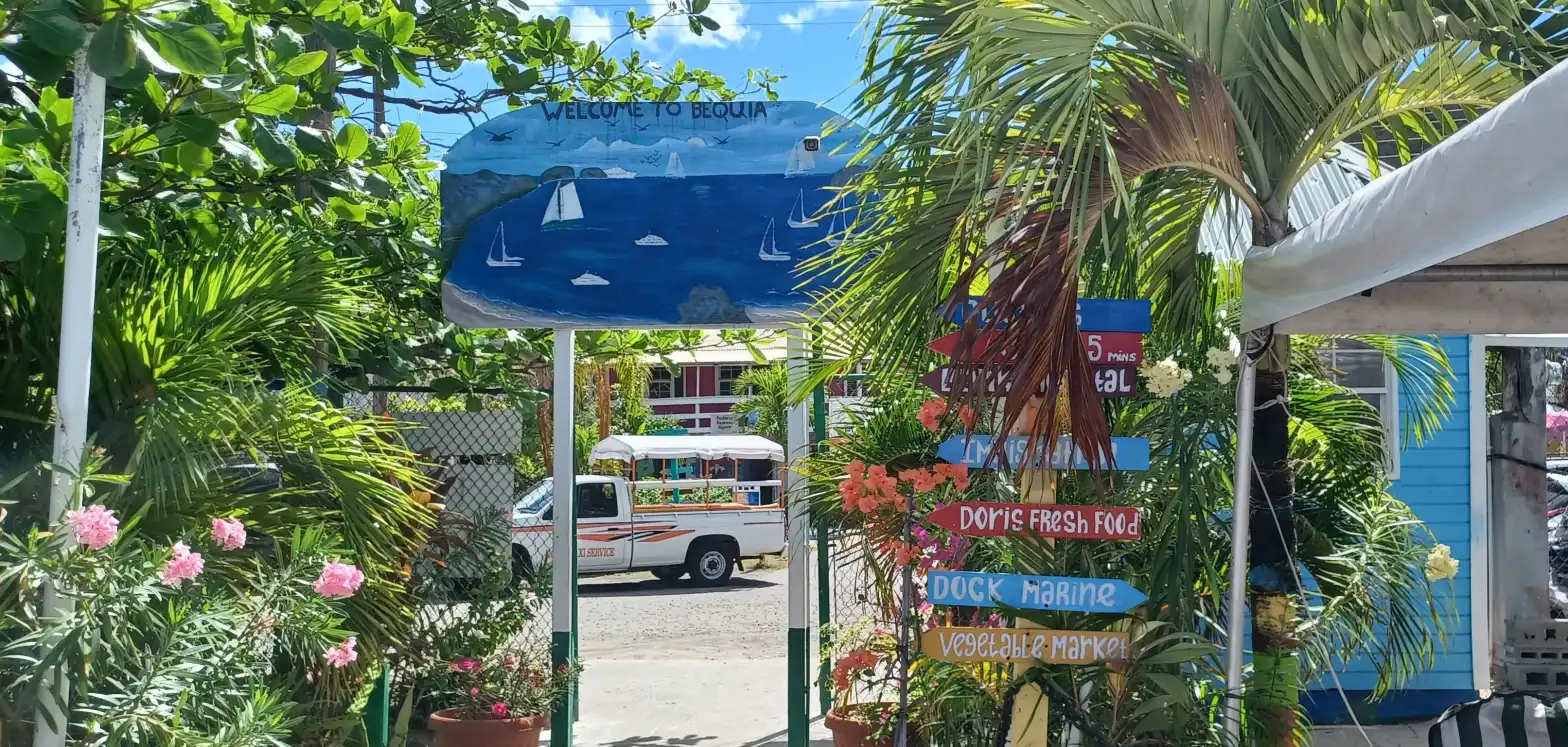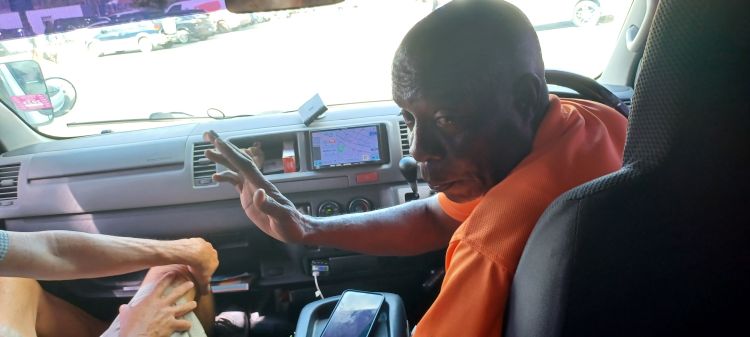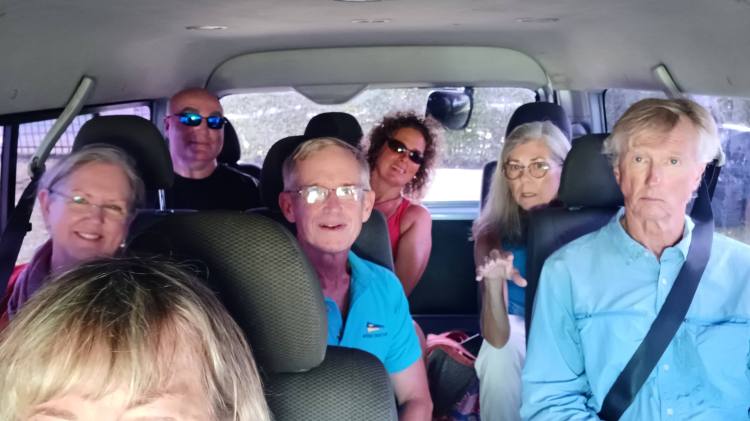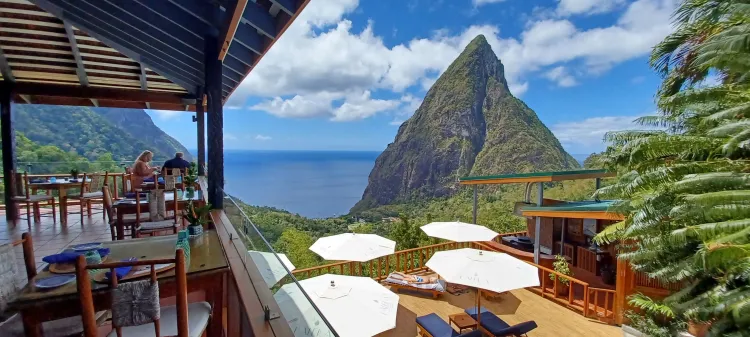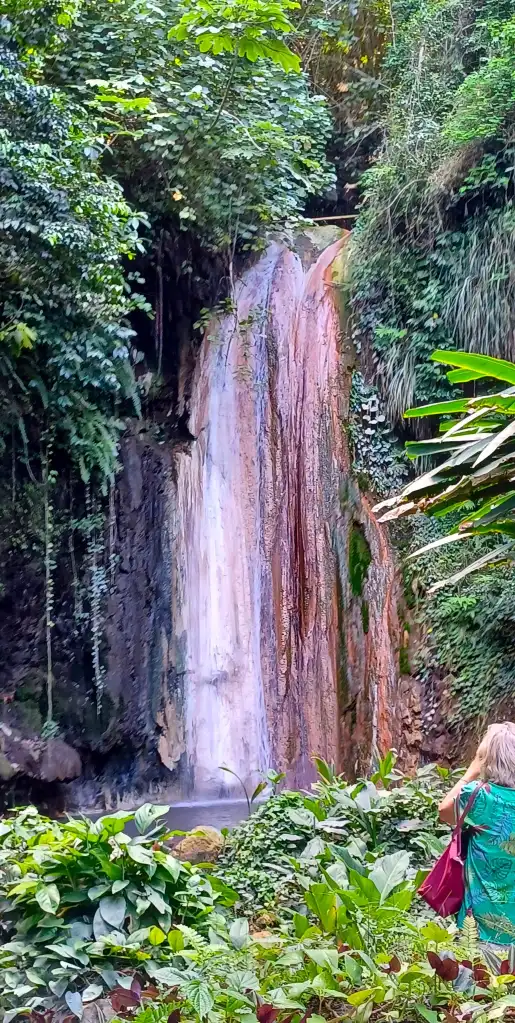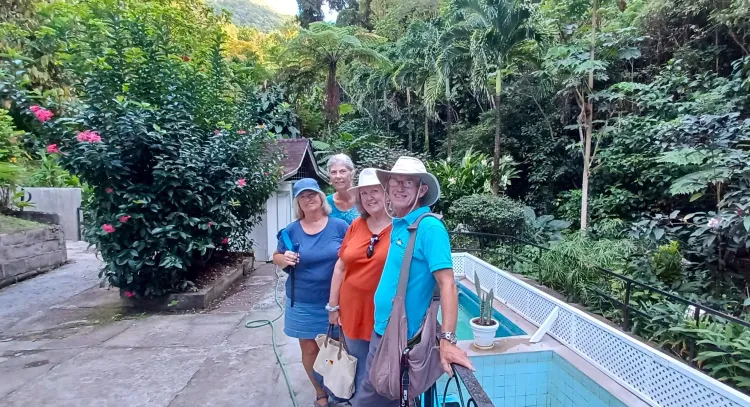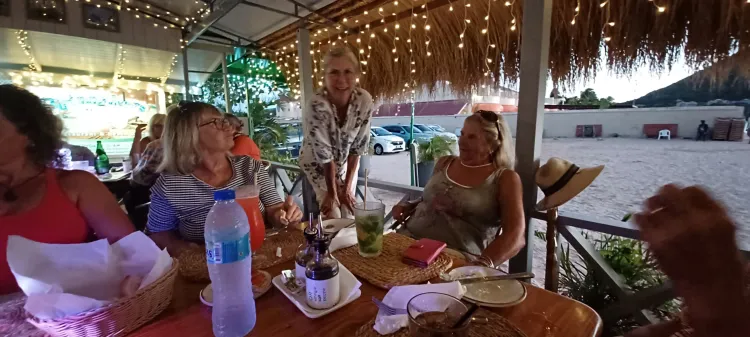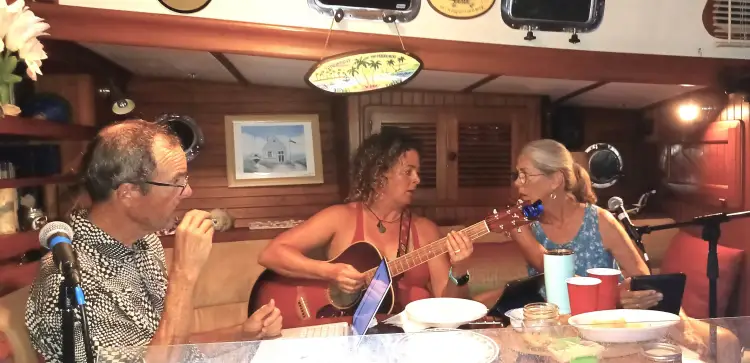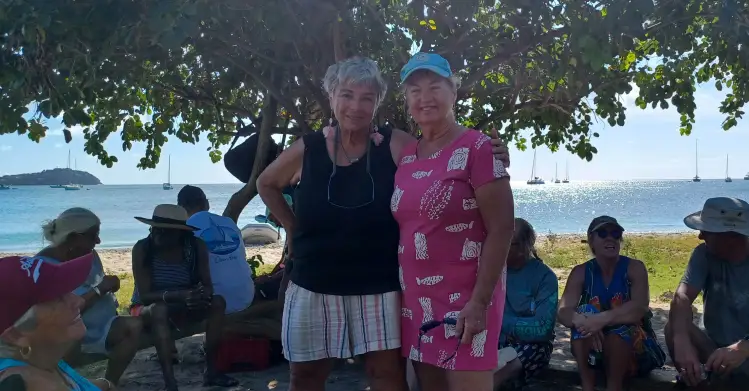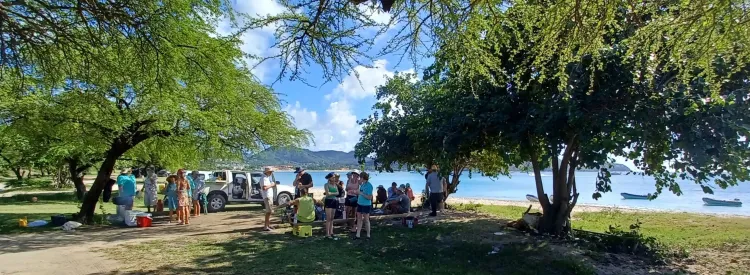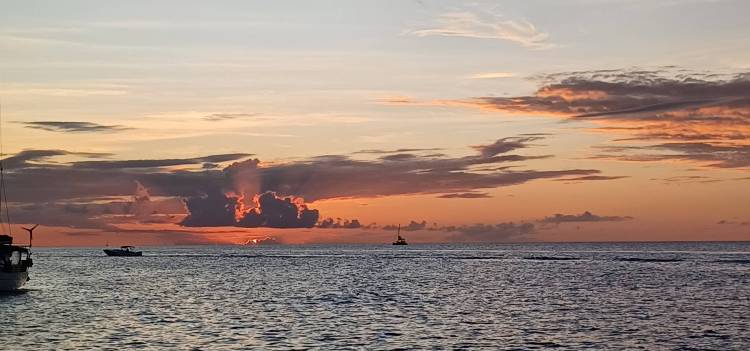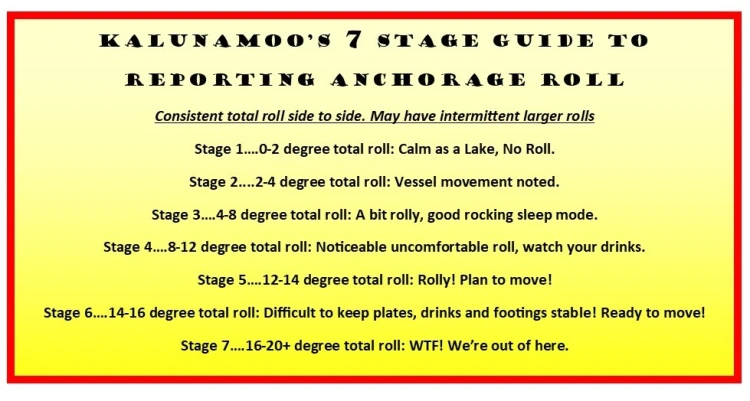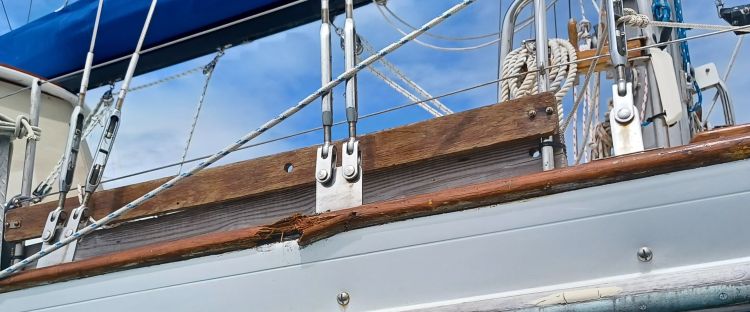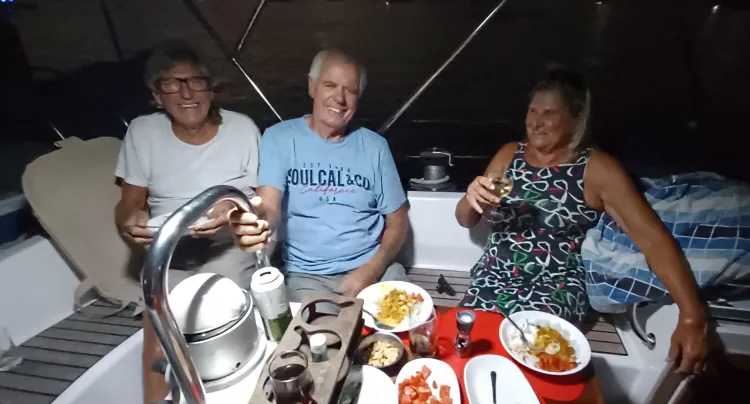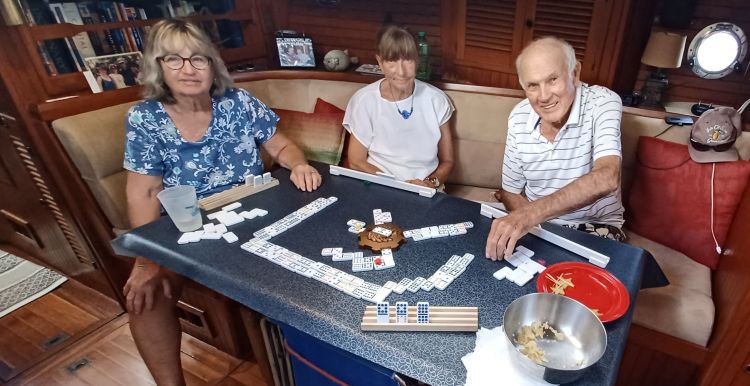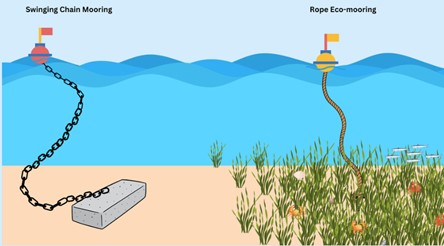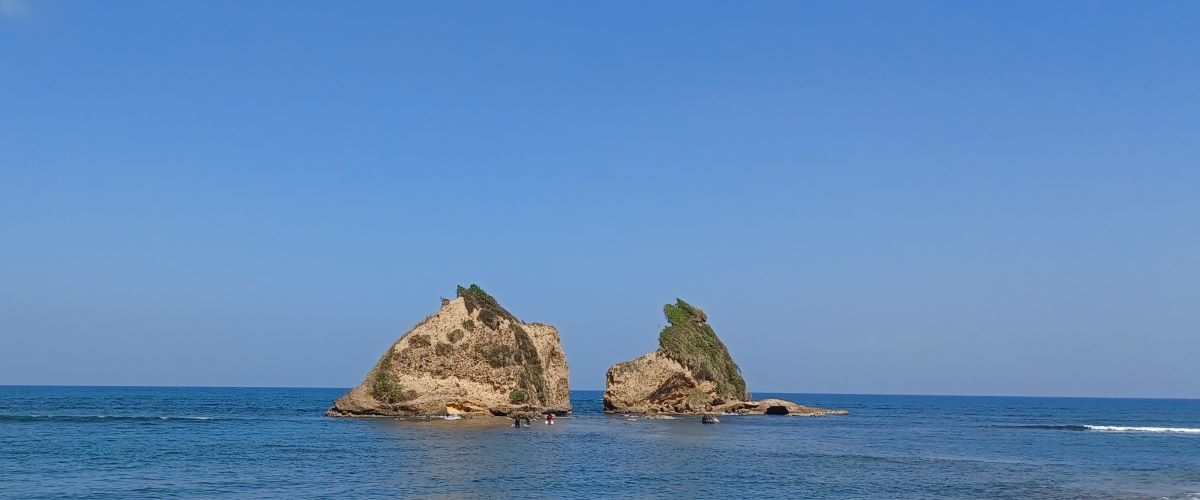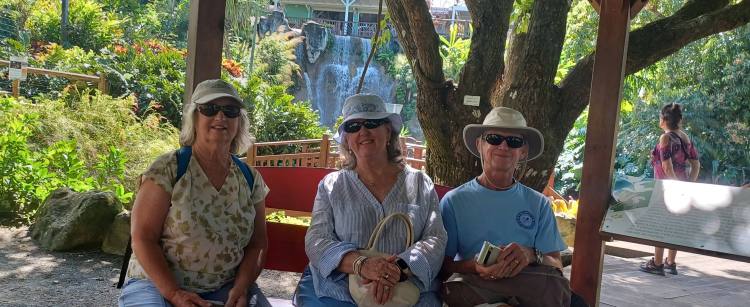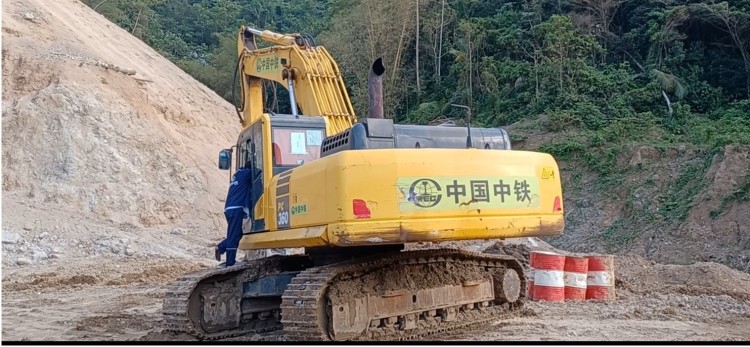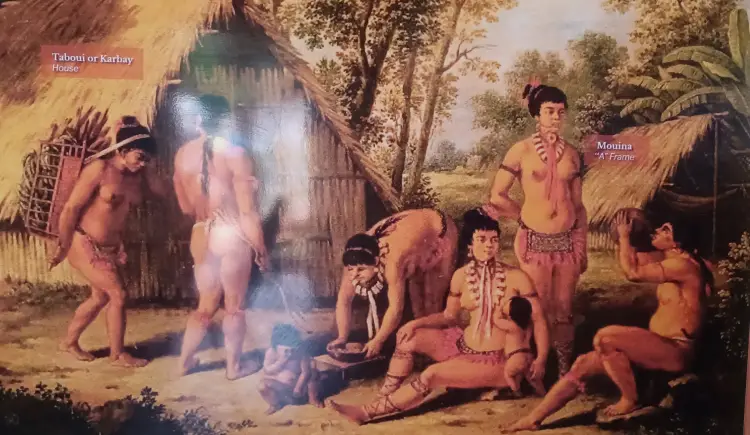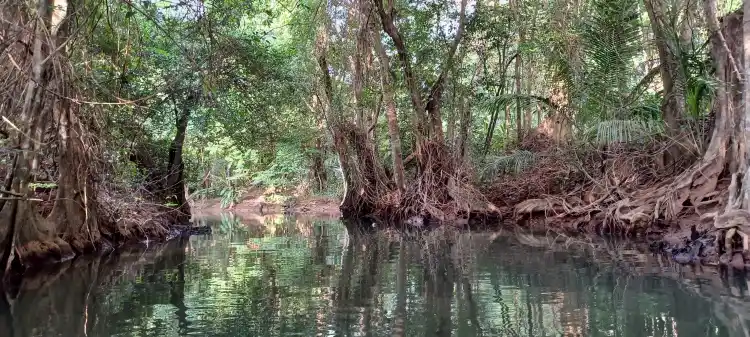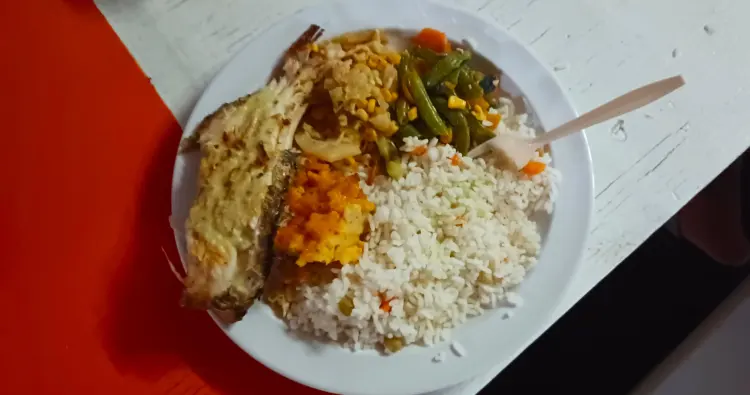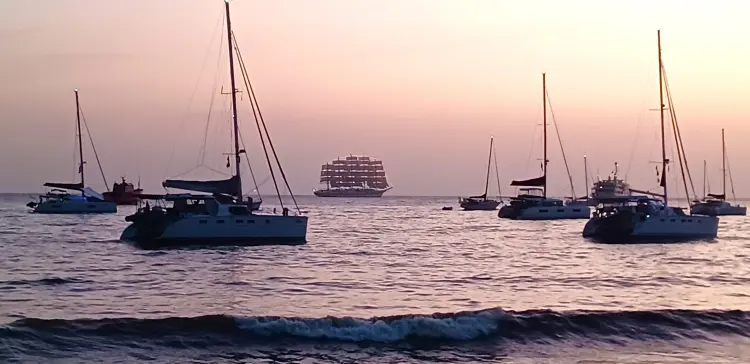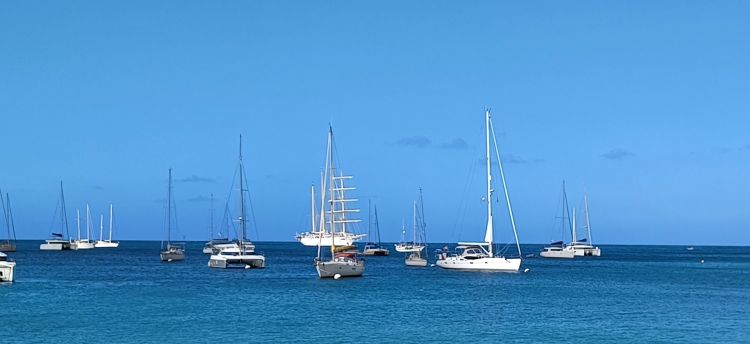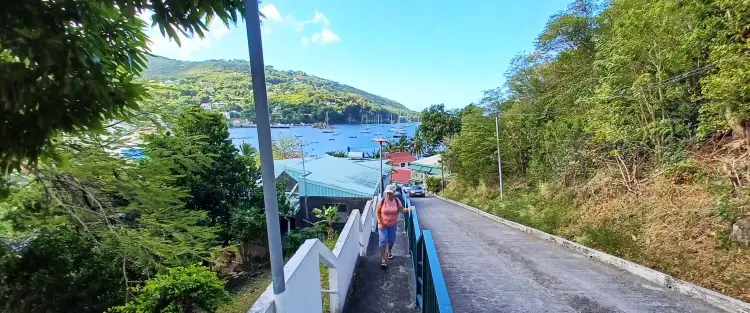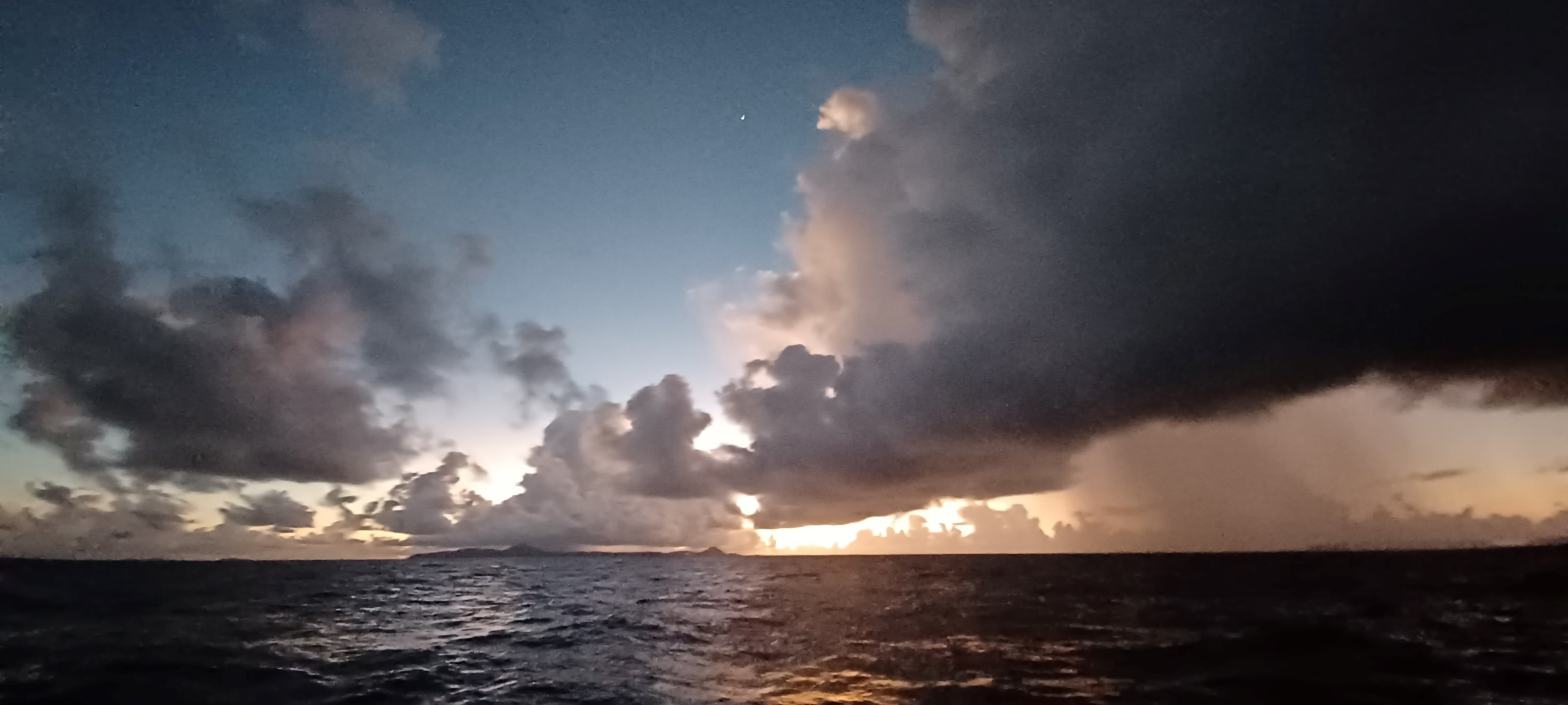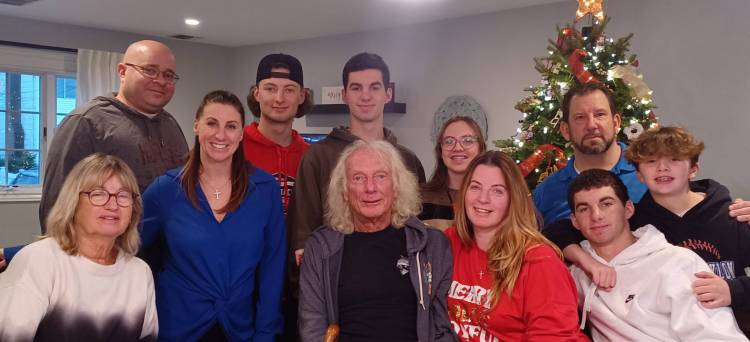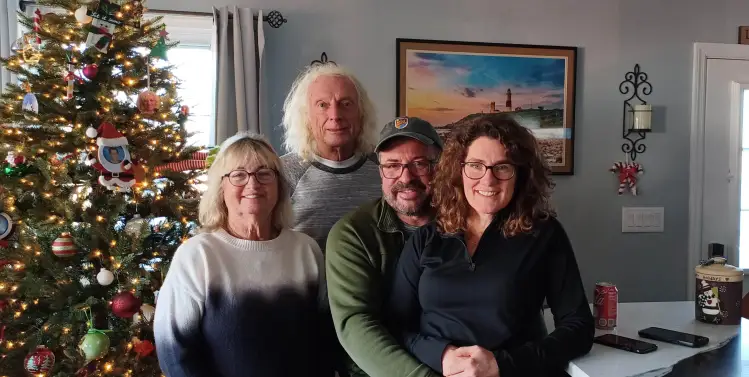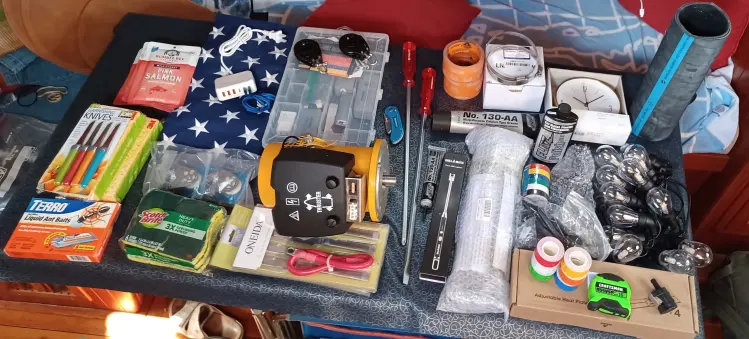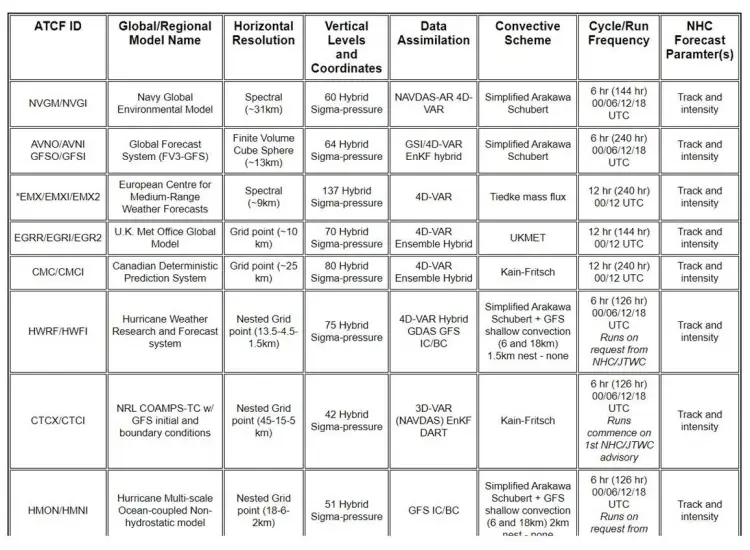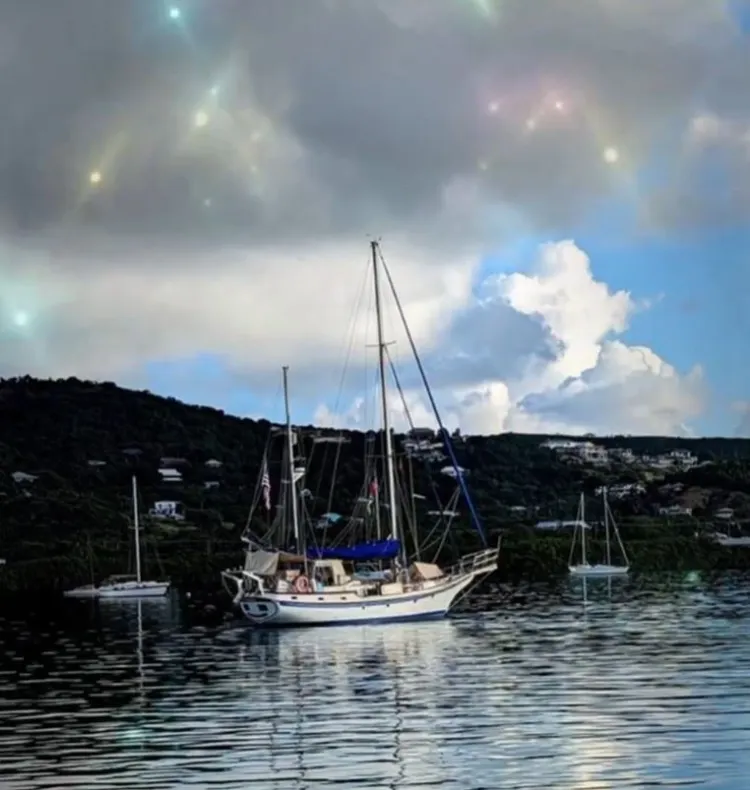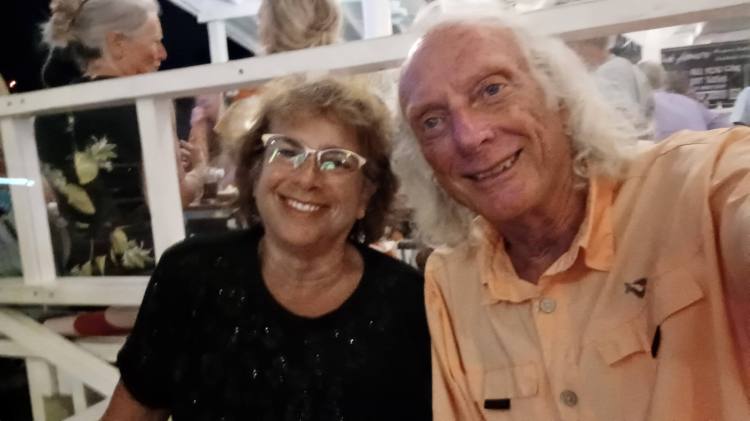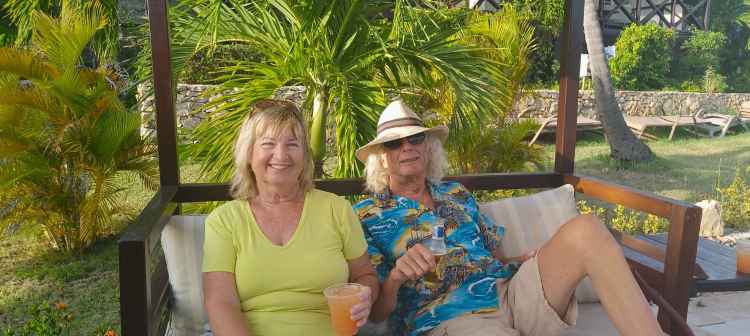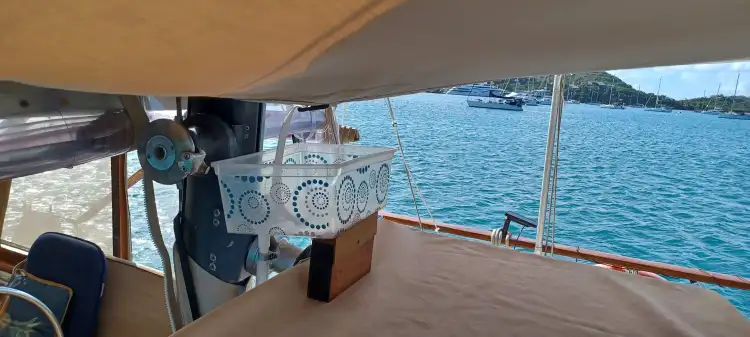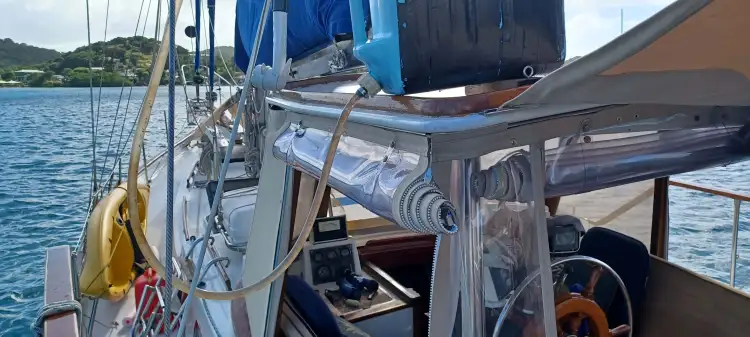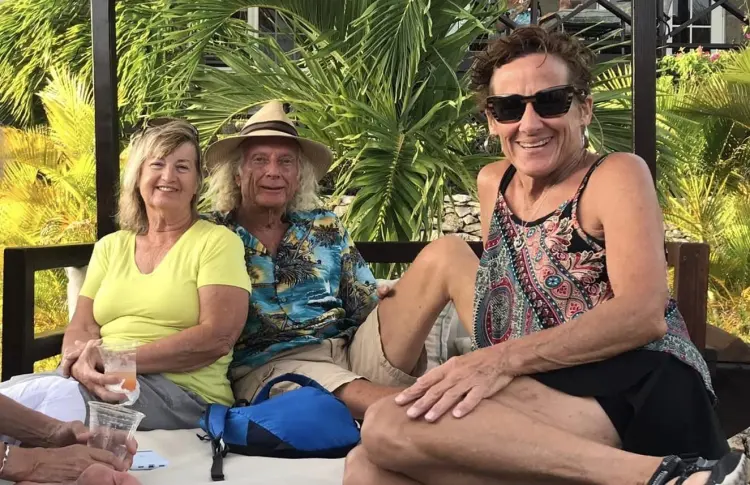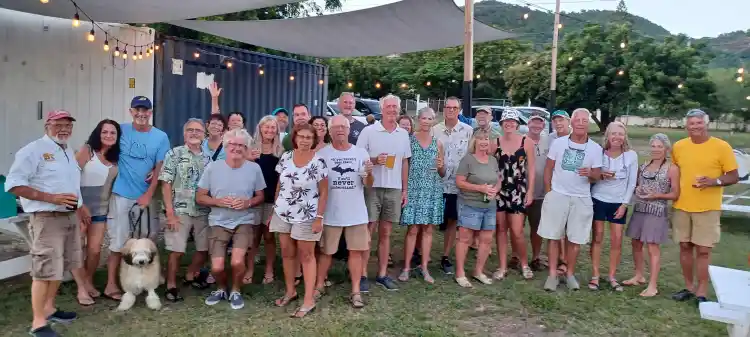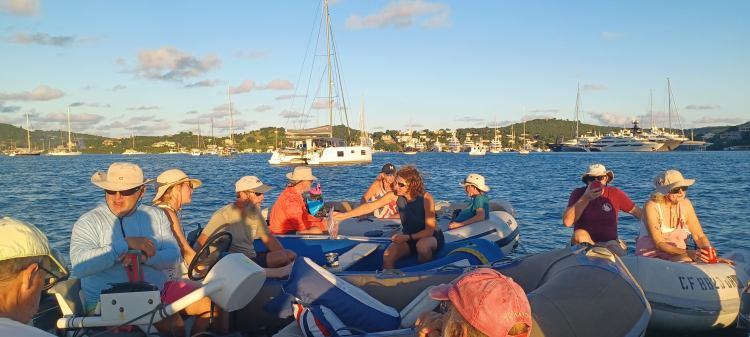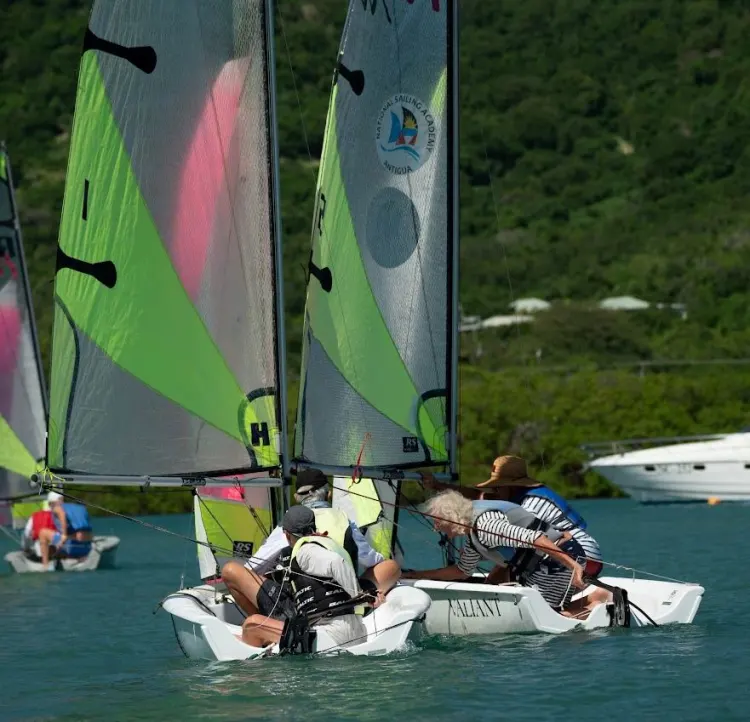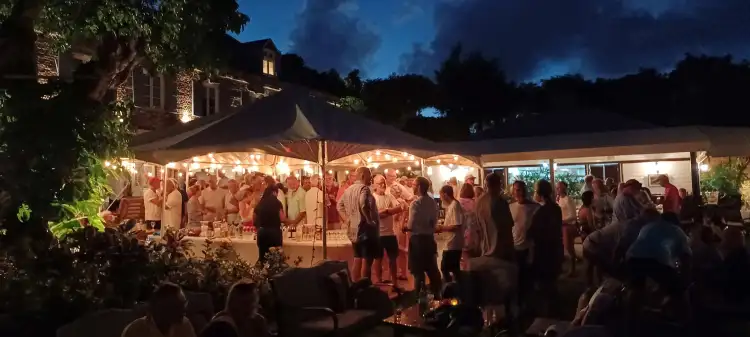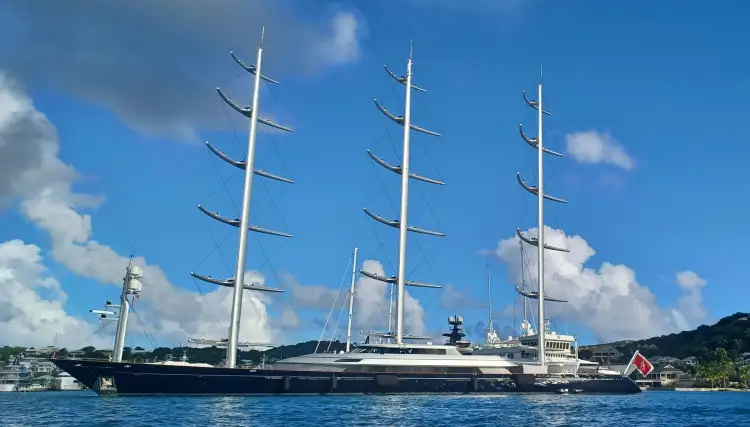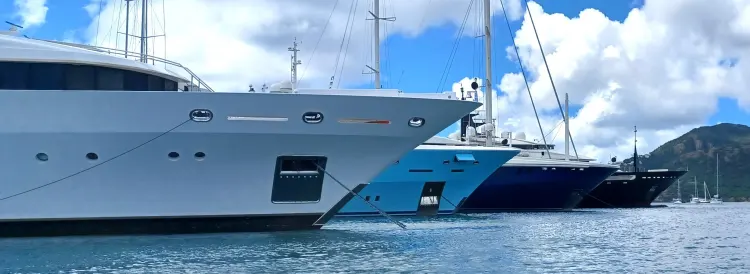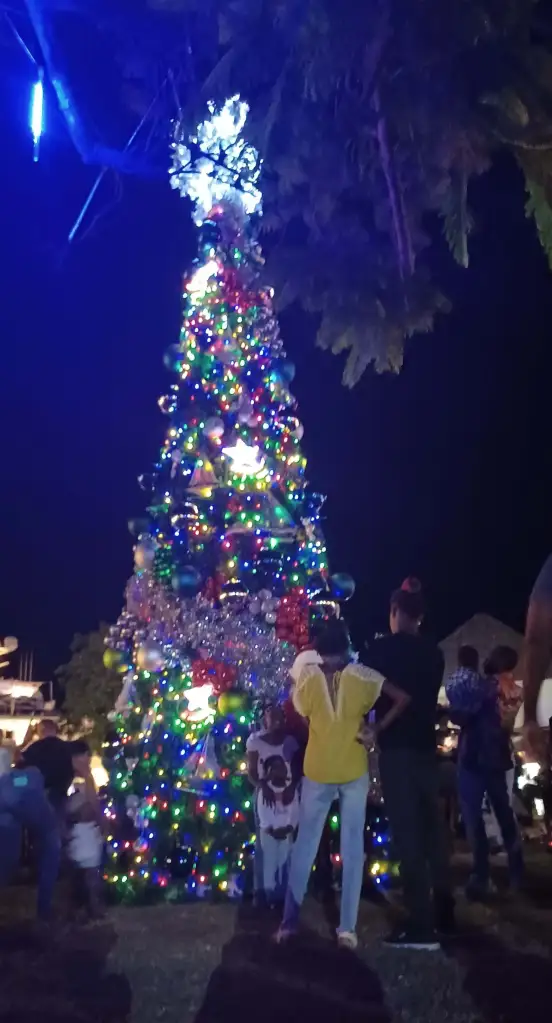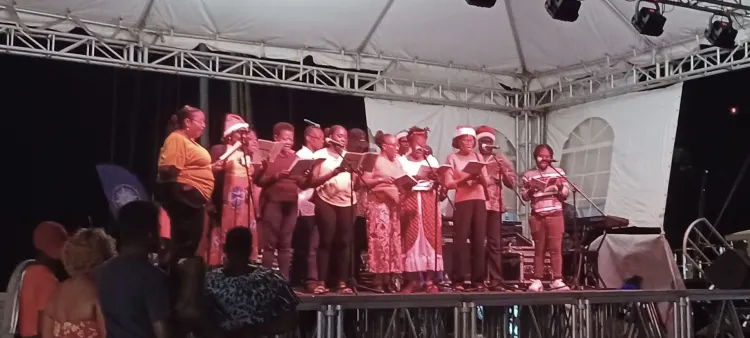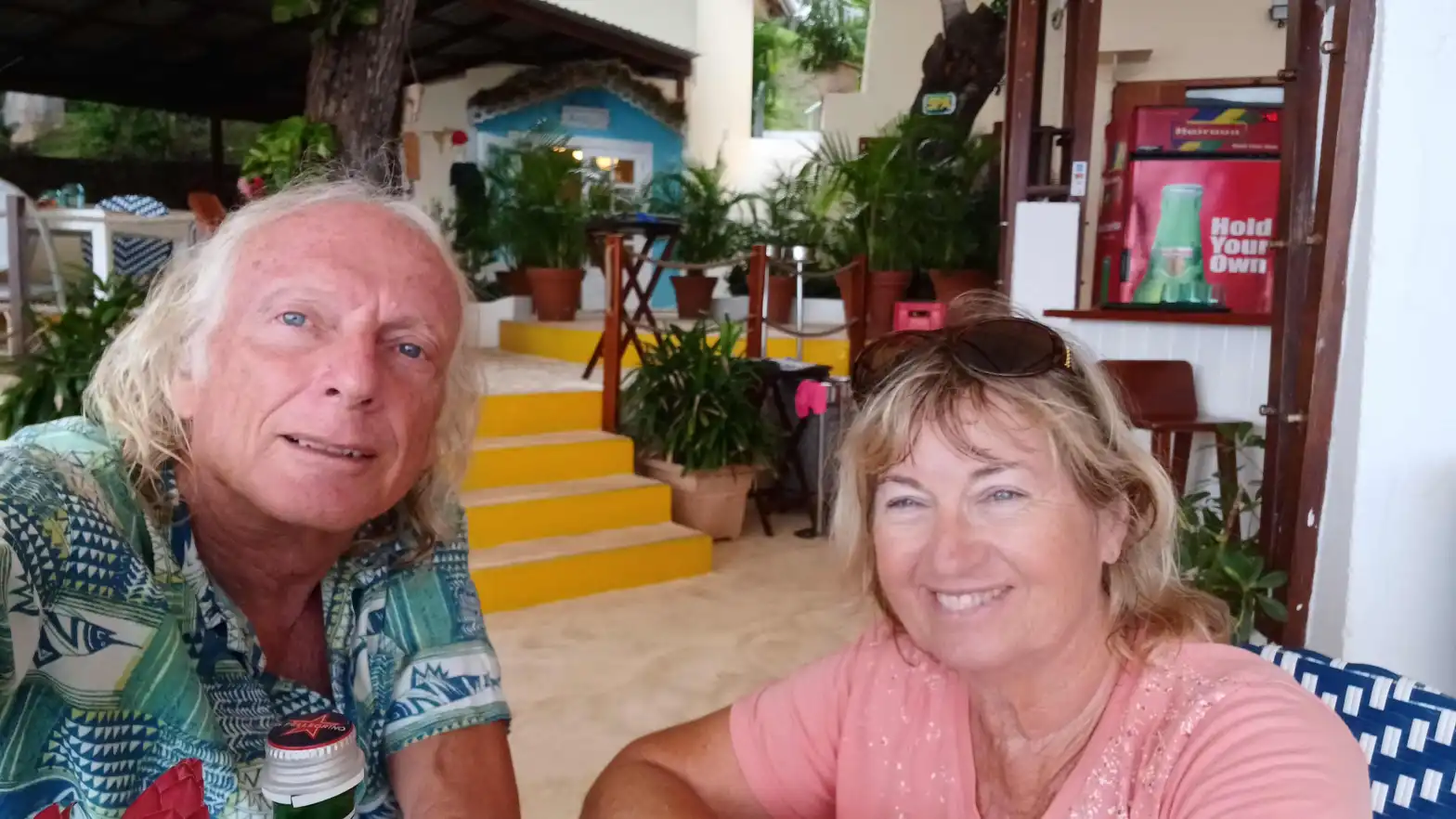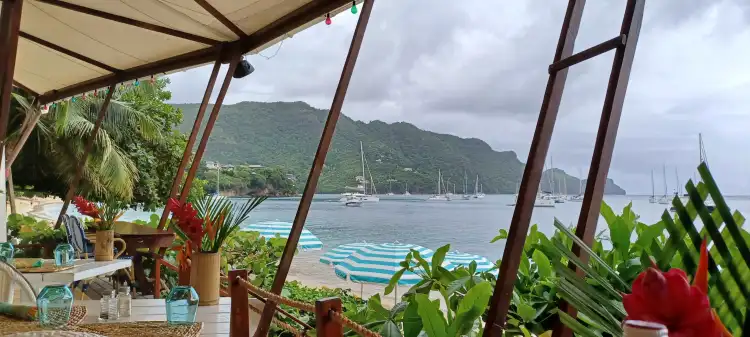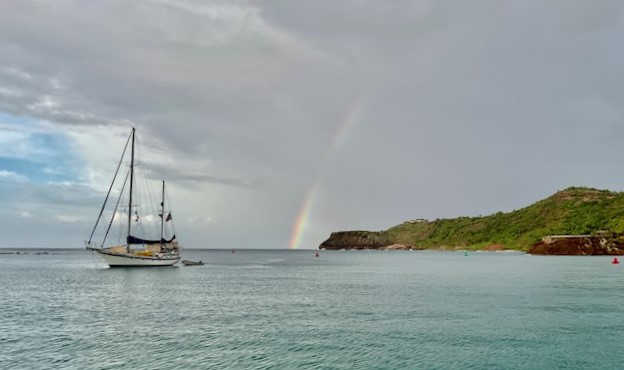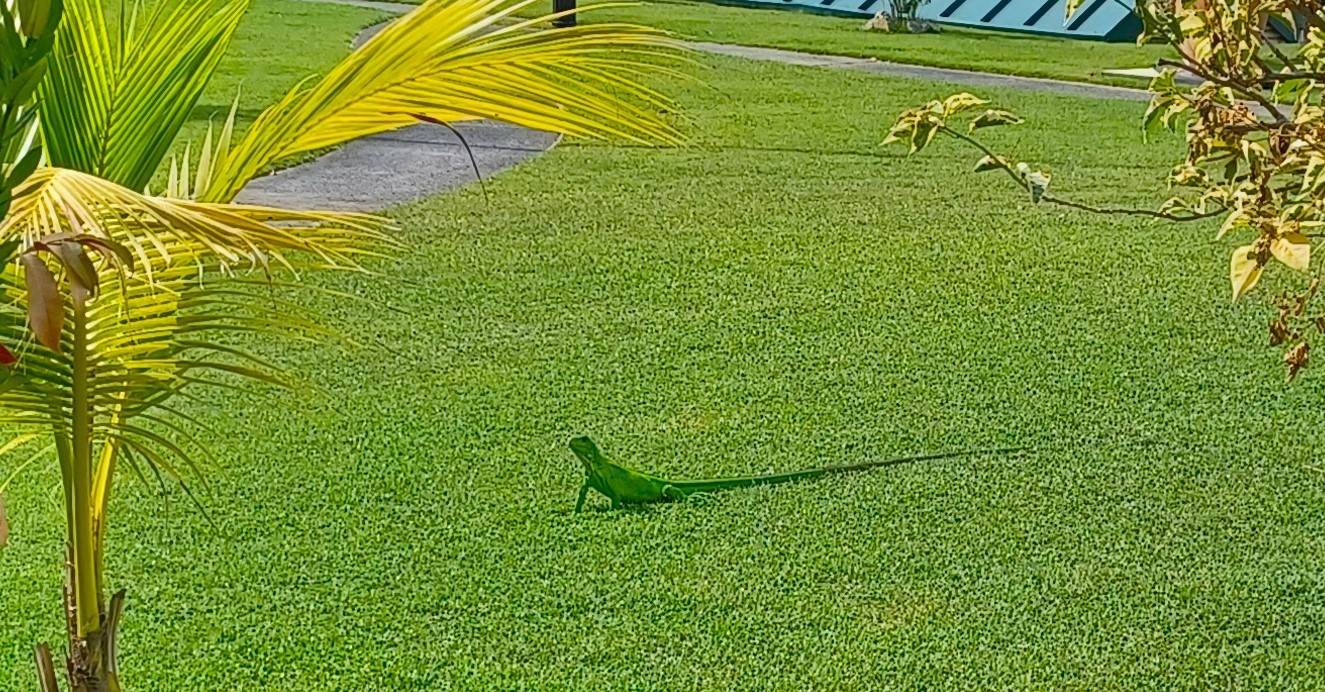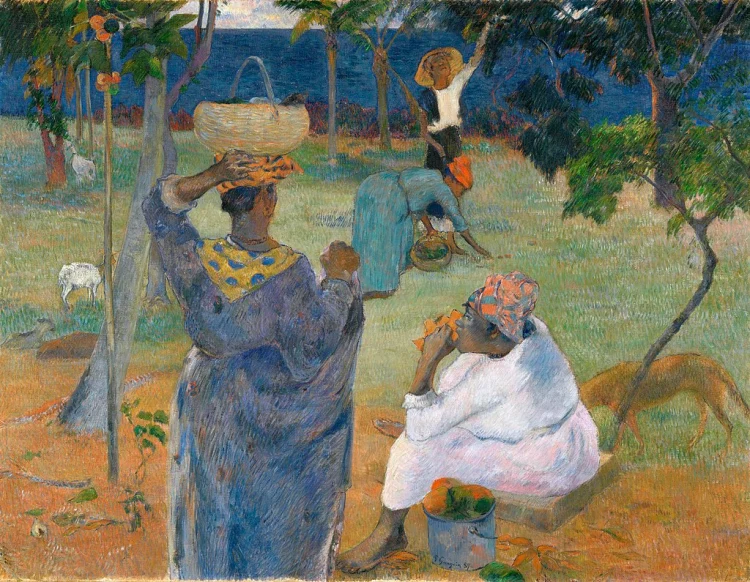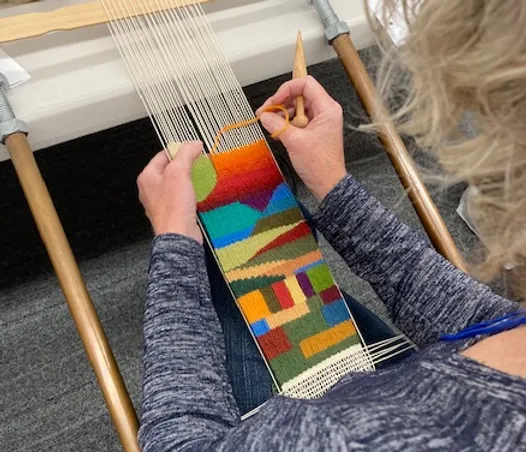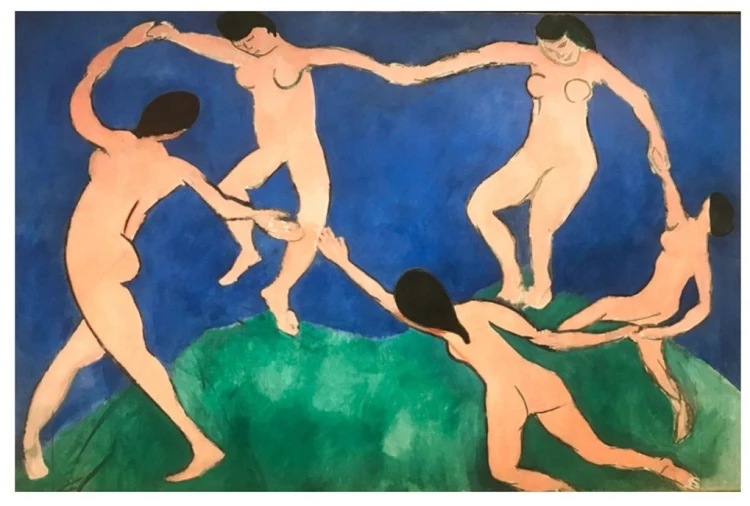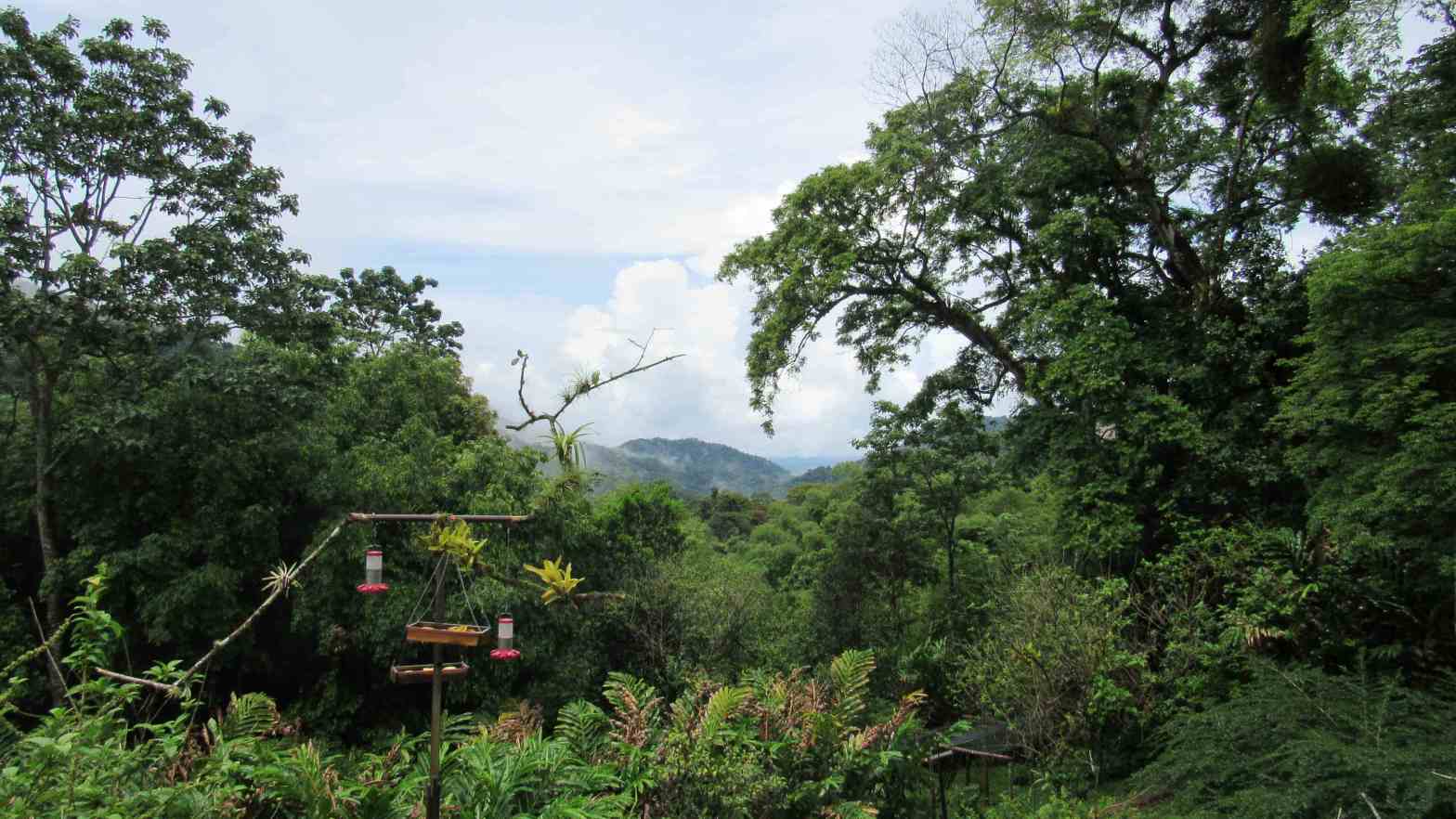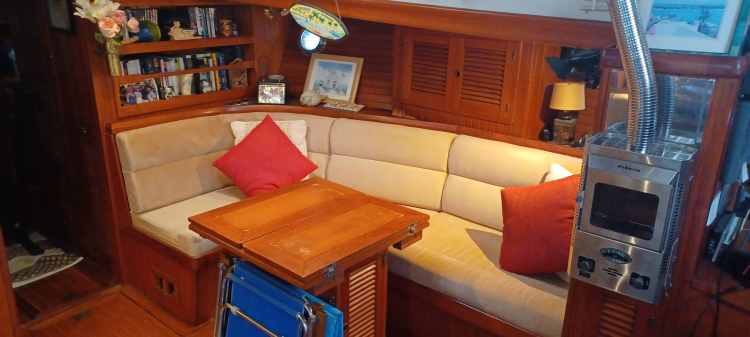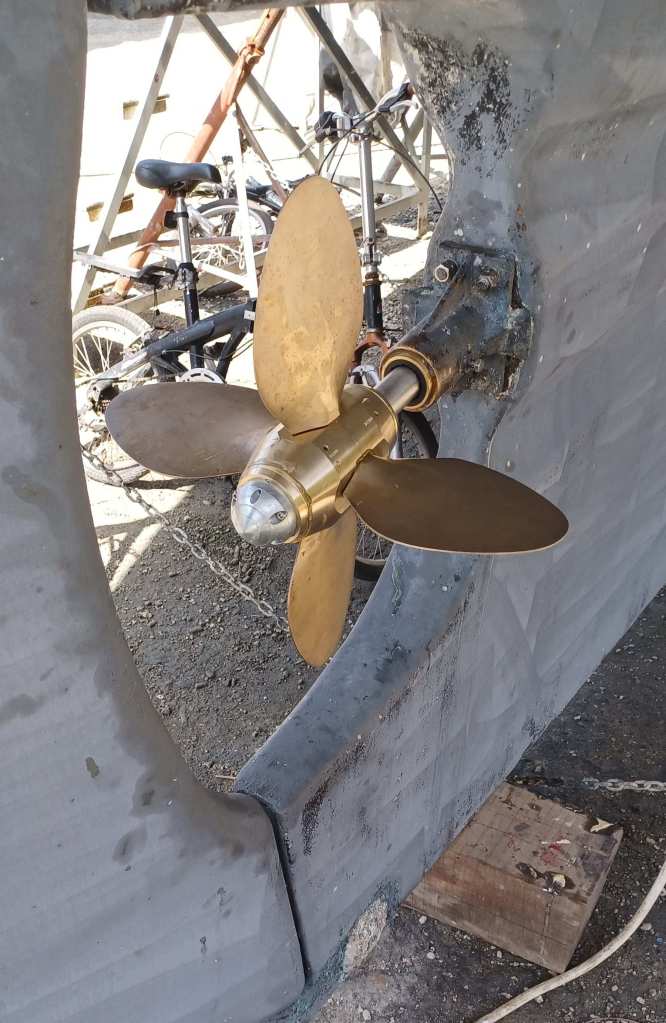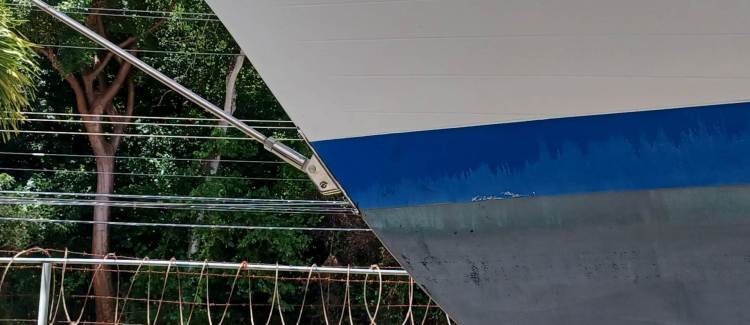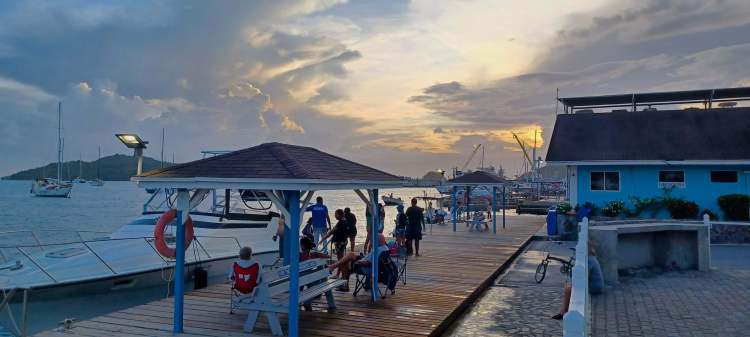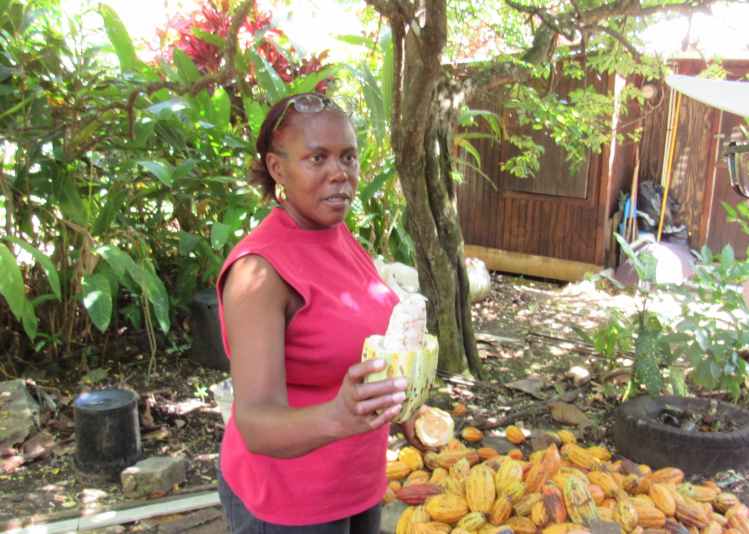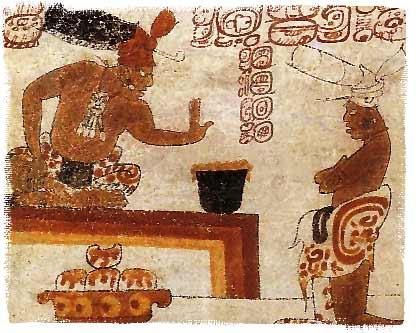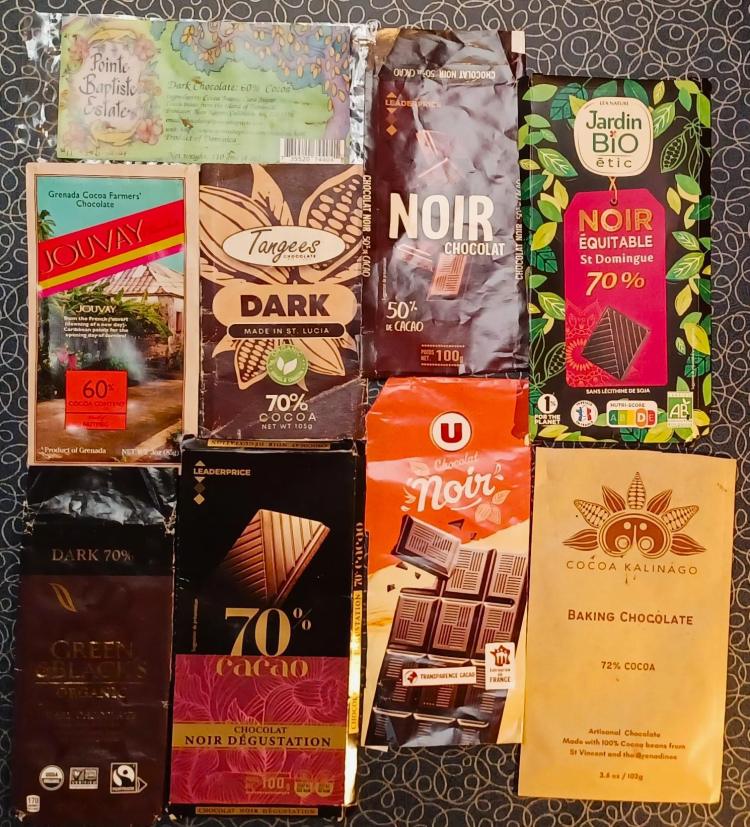In 1979, the British colony of St Vincent became an independent country. It was the last Lesser Antilles islands to gain independence. The French still own St. Martin (French side), Guadeloupe and Martinique but call them departments not colonies. One of the first things St. Vincent had to do was name their country and formally named it St. Vincent and the Grenadines. Sir James Mitchell, the very influential and popular politician, born in Bequia, insisted that the Grenadines be specifically named to ensure their continued uniqueness in the eyes of the public. The country’s flag was redesigned with a stylistic V in lieu of a pineapple representing the Grenadines to the south of the mainland.
Early attempts to form a federation with the other newly independent Lesser Antilles failed, so each remain independent although they did eventually form the 15 country CARICOM association.
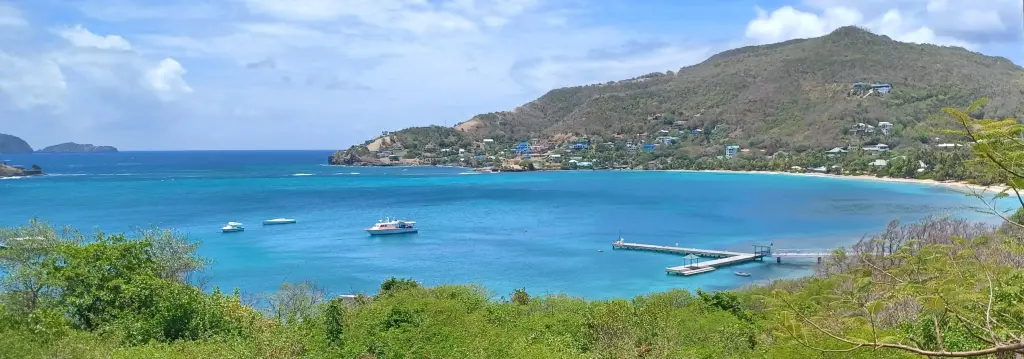
I write this because the Grenadines do have a uniqueness that is most appealing to anyone who values distinctiveness. Admittedly, the distinctiveness is not earth-shattering, as they are certainly Caribbean Islands with a history akin to the rest of the Caribbean: home to the Amerindians but supplanted forcefully by western explorers, exploited by resource extraction, infused with African slave labor, tried a non-competitive agricultural economy, and ended as tourist destination with a fragile ecology. Like all these islands they are trying to diversify their economy beyond tourism but that is a long road.
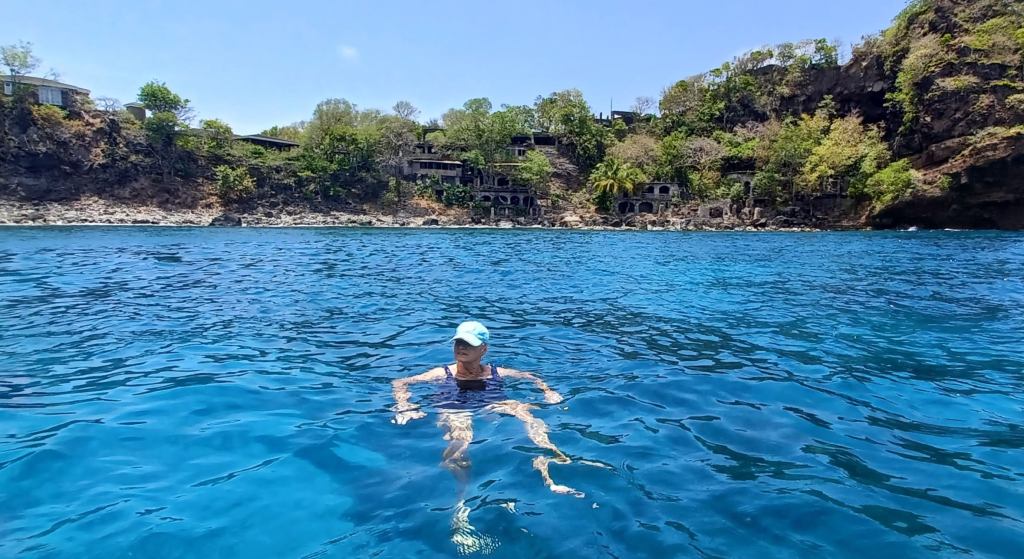
Most of the distinctiveness of these islands is their small postage stamp size. They are smaller than the small “Lesser Antilles” they are part of. Being so small, they lack the developments that the larger islands can offer or support. Tourism is, of course, now the major source of income for all islands, and so it is a mixed blessing to be so small. Unique yes, but large resorts or marinas are out of the question and so visitors find limited facilities here.
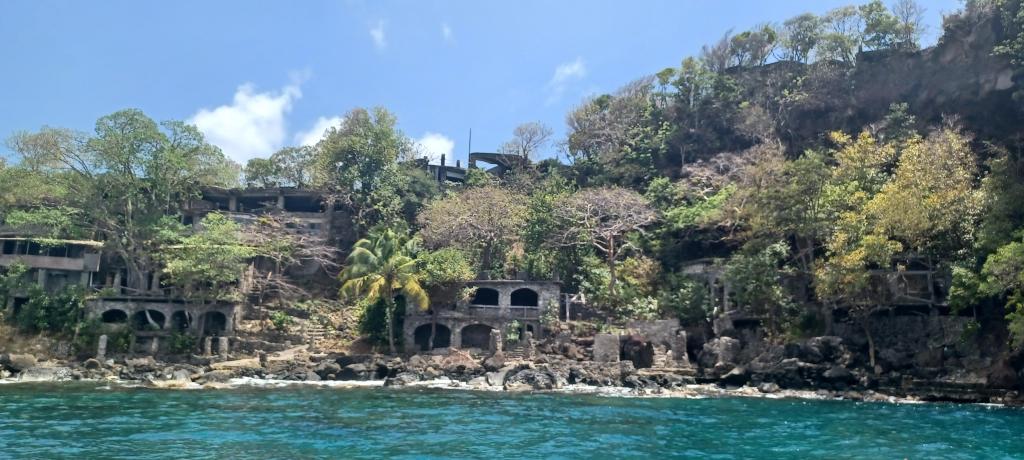
Moonhole was an experiment of epic rustic tourism in the 60’s. Whaling is still legally allowed (4 whales per year). The crafts of model boat building, carving and live music are prolific. Years ago, Bob Dylan had his wooden sloop Water Pearl built here. But there are plenty of places to chill and lime, attend happy hours, and day passes to former plantation hotels with pools. All this was both by design (ex-Prime Minister Mitchell fought against large resorts precisely because he didn’t want to duplicate what other Caribbean Islands offer) and by geography (small islands!). The downside is the limited source of income. The conflict is eternal as the world population grows: people seek quality of life improvements which usually mean tradeoffs between more development and the status quo. In other words, if we want to keep things exactly the way they are, everything must change.
So, the Grenadines, Bequia being the northern most, have developed slowly and that gives it an appeal unlike most other East Caribbean Islands. Certainly, other parts of the world hold similar islands and face similar economic decisions. The Maldives comes to mind. These places attract cruisers and visitors alike and one can always find them on their travels. It’s that fact that fuels the cruising community’s roaming quest. However, the enduing paradox remains. Places relying on their uniqueness seldom remain unique.
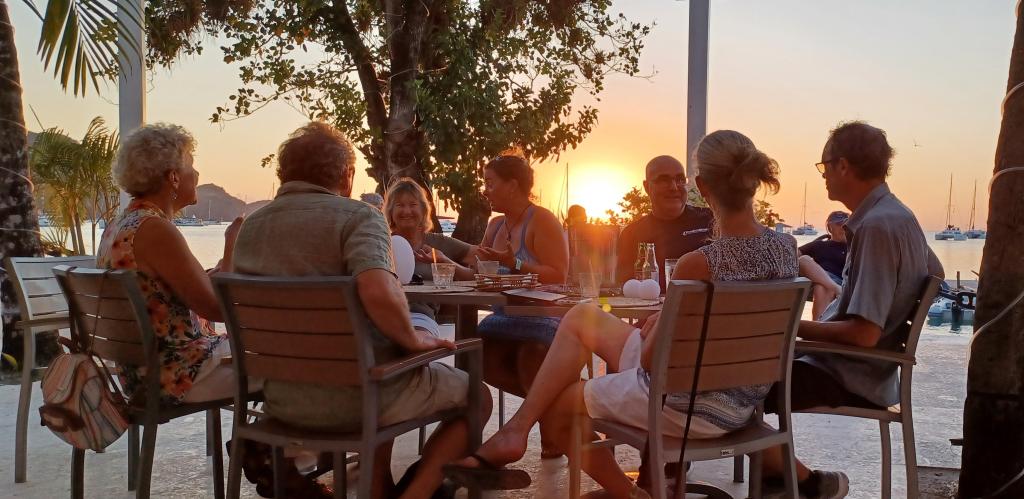
This is not to say there is nothing to do here in Bequia or the other Grenadine islands. Despite my last blog, The Ability to be Bored, there is enough here to keep most cruisers from being bored. We happened to be here when the Salty Dawg Sailing Association scheduled a rendezvous over the Easter Holiday. As “old members” we were asked to help host the rendezvous and with the help of Barbara and Ted on RAVEN we did.
We gathered the boats that arrived (KALUNAMOO, RAVEN, SEA PEARL, MOMENTUM 42, GLITTRA, ADIONA, LOGOS, and RALLY POINT) as some were heading north and some heading south. The local Bequia Easter Regatta was again cancelled this year (they report that they are reorganizing for 2025) but there were activities held for the locals which included a triathlon, Gospel Concert, Coconut and Gumboat races, Egg Hunt, and Easter Sunday Family Day at the beach. Meanwhile we held sundowners, cocktail gatherings, dinghy drift, snorkel trips, scuba dives, hikes, jam session, tours and lunches. The weather was beautiful, the water very warm, and we enjoyed all the “company”. Cruisers we know are heading here so we will stay around awhile to meet them but eventually we’ll head south.
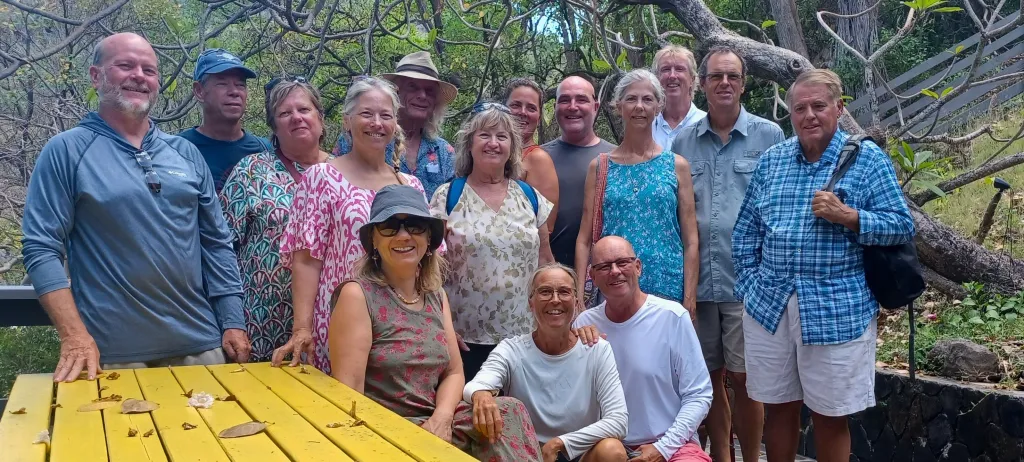
Our next jump will be down to Carriacou. That island is also in the Grenadines but is part of Grenada and definitely you get the feeling you are back in a usual Eastern Caribbean island. After spending a few days there, it will be off to Grenada itself. We haven’t been on that island in six years. We will be in Trinidad by May 1, to start our “summer routine”. In the meantime, Bequia, the different island, holds our interest in its distinctiveness.
